-
- PCB TYPE
- PRINTED CIRCUIT BOARD PROTOTYPE ALUMINUM PRINTED CIRCUIT BOARD R&F PCB FPC HIGH FREQUENCY PCB HIGH-TG PCB HEAVY COPPER PCB HDI PCB PCB FOR LIGHTING METAL CORE PCB
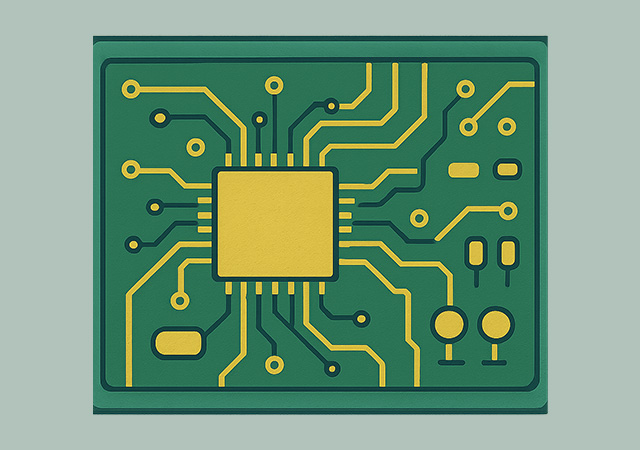
Discover the benefits of custom PCB boxes for electronics. Protect, enhance, and brand your devices with tailored PCB enclosures for all applications.
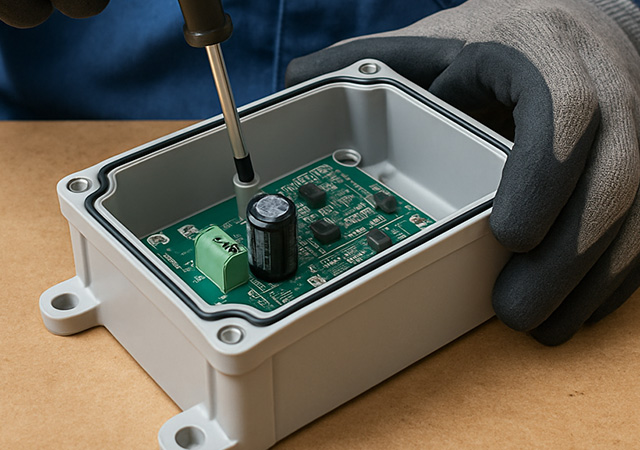
Secure your electronics with our waterproof PCB box building service. Custom designs, expert craftsmanship, and durable protection for all environments.
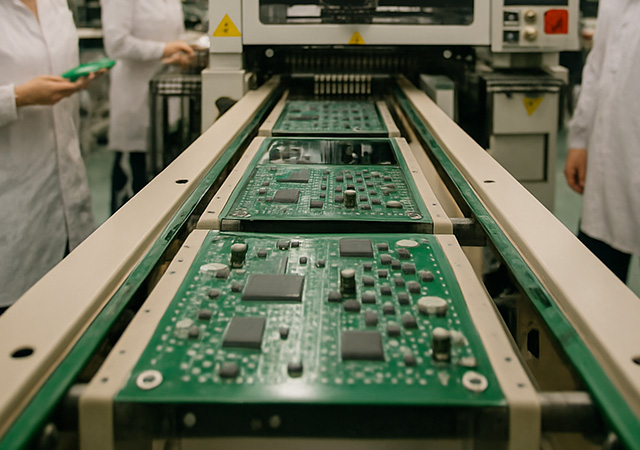
Explore the intricate PCB assembly process, turning designs into functioning circuits. Learn key steps from soldering to quality control for precise electronics manufacturing.
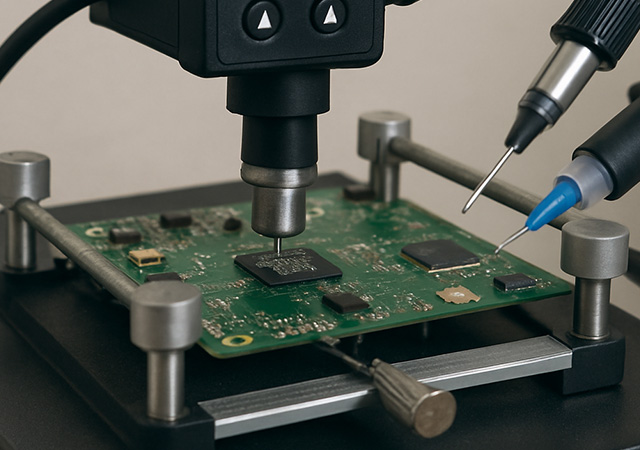
Discover the advantages of BGA assembly techniques in electronics manufacturing, including efficient BGA soldering and rework processes, for enhanced device performance and reliability.
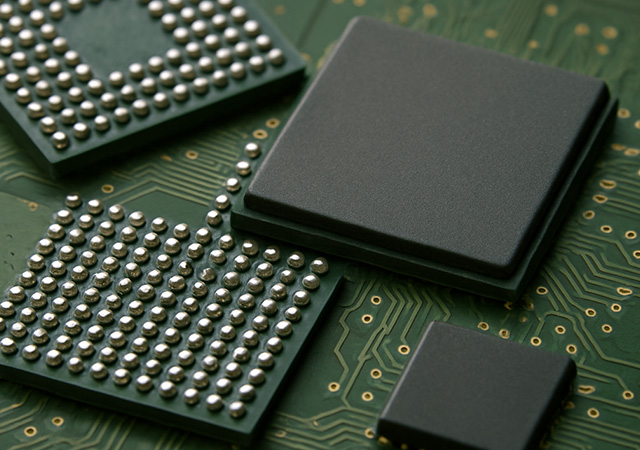
Discover the importance of precision BGA assembly services for reliable electronics manufacturing. Learn about the BGA process, benefits, and provider selection.

Got project ready to assembly? Contact us: info@apollopcb.com



We're not around but we still want to hear from you! Leave us a note:

Leave Message to APOLLOPCB
